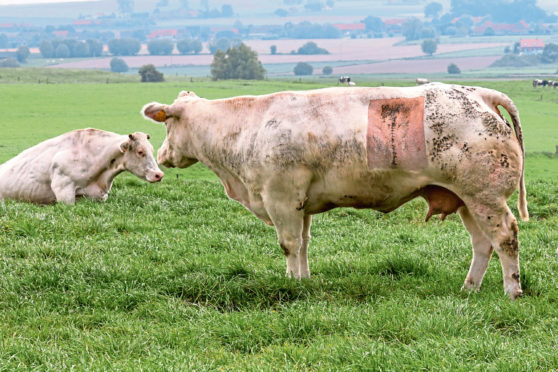Farmers and crofters are being reminded to manage cattle according to their body condition score following reports of an increased number of caesarean sections in calving cows.
Guidance has been issued by the Scottish Government-funded Farm Advisory Service (FAS) to help tackle the problem.
Robert Logan from SAC Consulting, who manages the animal health and welfare section of FAS, said strong grass growth had led to more overly fit cows and more difficult calvings.
“In general, cows have come through the winter well, followed by a normal spring then tremendous grass growth,” said Mr Logan.
“According to anecdotal evidence, there has been an increase in the number of caesarean sections taking place, which is largely due to cows being too fit. Effectively managing body conditioning scores will help mitigate the number of caesareans required.”
The FAS guidance suggests delaying weaning to help reduce cow condition, however creep feeding will be essential as calves will suffer on short swards.
If delaying weaning, farmers are advised to wean no later than three weeks pre-calving to ensure the cows are able to produce sufficient colostrum.
“An alternative option is to wean cows early, put their calves on to aftermaths and heavily graze dry cows on poor quality pastures,” said Mr Logan. “As a rough guide, stocking rates should be double normal numbers.”
The guidance also advises producers to force cows to have as much exercise as possible by, for example, positioning water troughs away from feed supplies. In extreme cases, farmers should also consider housing cows, and in all cases they should provide magnesium for the last month of pregnancy.
In herds with a long calving period, farmers are advised to split cows based on their expected calving date and, for example, house early calvers and keep later calvers outside and delay weaning them.
